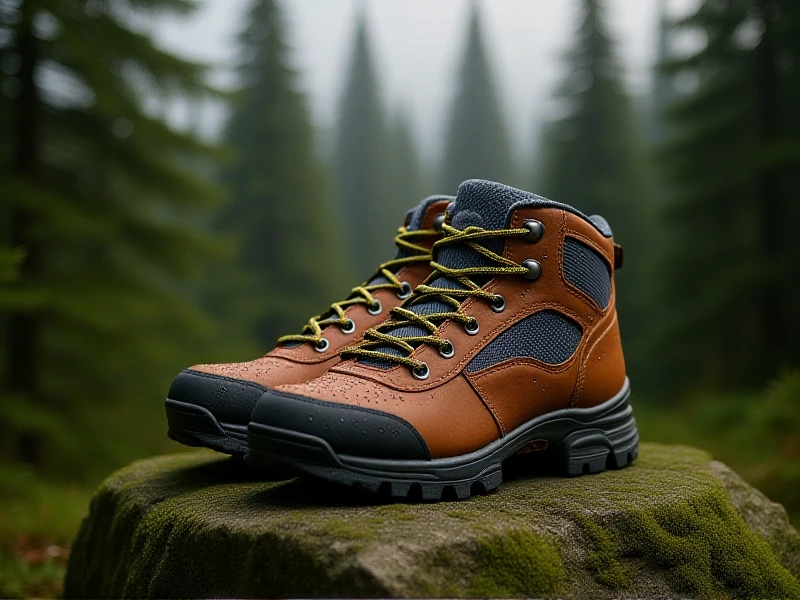
Find Your Perfect Match: How to Choose Hiking Shoes for Any Trail
Your hiking adventure can soar to new heights – or fall frustratingly flat – based on one critical choice: your footwear. Hiking shoes are the unsung heroes of the trail, providing the stability, protection, and comfort needed to tackle miles with confidence. Choosing the right pair isn't just about comfort; it's about safety and maximizing your enjoyment of the great outdoors.
Why the Right Hiking Shoes Matter
Imagine tackling a rocky incline with slippery soles or feeling every pebble through a thin base. Ill-fitting or inadequate hiking shoes quickly lead to blisters, fatigue, rolled ankles, and trips cut short. High-quality hiking shoes act as your connection to the terrain. They absorb shock, shield your feet from rocks and roots, and give you the grip to navigate slippery rocks, mud, or loose gravel with assurance. Think of them as essential safety equipment, not just gear.
Key Features to Prioritize
- Traction is King: The outsole (the bottom of the shoe) and its tread pattern are paramount. Look for deep, multi-directional lugs made of durable, sticky rubber (like Vibram®). This provides grip on varied surfaces, preventing slips.
- Stability & Support: Hiking shoes offer more ankle and arch support than trail runners or sneakers. A firm midsole shank resists twisting on uneven ground, protecting your feet and ankles. Good torsional rigidity helps navigate rocky sections.
- Protection Underfoot: A protective plate (often called a rock plate) shields your feet from sharp rocks and roots. Ensure the cushioning in the midsole provides adequate shock absorption, especially for longer hikes or heavier packs.
- Breathable & Supportive Uppers: Materials like synthetic mesh offer breathability to keep feet cool and dry, reducing blister risk. Reinforced overlays add durability and structure. Waterproof membranes (like Gore-Tex®) are excellent for wet conditions but can be warmer.
- Secure Fit & Comfort: A precise fit prevents foot movement inside the shoe that leads to blisters. Ensure ample toe room to avoid jamming on descents. Heel stability is crucial – your heel shouldn't slip. Always try shoes on with the socks you intend to hike in!
Materials Matter
Modern synthetic materials offer lightness and quick drying. Leather uppers (suede, nubuck) provide superb durability and water resistance once broken in, but are heavier. Consider your typical hiking conditions (dry and rocky vs. wet and muddy) when choosing materials and weight.
Don't Forget the Fit
Invest significant time in getting the fit perfect. Visit a reputable outdoor retailer where experts can measure your feet and assess your gait. Try shoes on in the afternoon when your feet are naturally slightly larger. Walk around the store rigorously, testing inclines if possible. Ensure no pinching or hot spots.
Seasonal Considerations
For warmer, drier conditions, prioritize breathable mesh shoes. In wet, cold, or snowy weather, waterproof hiking shoes are invaluable. Always pair waterproof footwear with moisture-wicking hiking socks to manage sweat effectively.
Ready to elevate your hiking experience? Choosing the ideal hiking shoes unlocks tough trails and transforms challenging walks into pure joy. Focus on support, protection, grip, and a flawless fit. Visit your local outfitter, try multiple options, and equip your feet for countless miles of discovery. Find pairs tested on demanding trails at trusted outdoor retailers today. Happy hiking!